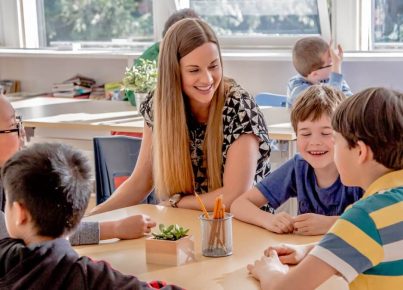Introduction:
Teaching immigrant students comes with its own unique challenges and rewards. As educators, we want to bridge the gap between pupils of different cultural and linguistic backgrounds, ensuring that they receive a quality education and feel included in their school environment. In this article, we will delve into what teachers of immigrant students want you to know, offering insights and practical tips for better understanding these diverse learners.
1. Language is not the only barrier:
We often focus on language issues when discussing immigrant students, forgetting about socio-cultural aspects that also impact their learning. Many immigrant children struggle with feelings of isolation and culture shock as they adjust to new surroundings. Educators must consider not only language but also cultural nuances affecting communication, behavior, and social expectations.
2. Patience is key:
For many immigrant students, learning a new language or adapting to different teaching styles may seem overwhelming. It’s critical for teachers to practice patience as these students navigate the challenges inherent in assimilation.
3. Engaging parents is crucial:
Working closely with the student’s family can be instrumental in supporting academic success. Encourage open communication lines with parents or guardians, offer resources and materials in their home language, and make efforts to understand their perspectives and concerns.
4. Flexibility is essential:
Teachers should strive for flexibility in accommodating diverse learning needs. Adjusting assignments, offering extra support, or providing alternative assessment methods can all help ensure that each student receives a tailored education experience.
5. Celebrate diversity:
Embracing the diverse backgrounds of immigrant students can enrich the classroom environment for all learners. Encourage sharing stories and cultural traditions, which can foster empathy and appreciation for individual differences.
6. Building a supportive community matters:
Schools should work toward creating an inclusive and safe environment where everyone feels respected and valued. Offer support networks for immigrant students such as peer mentoring programs or support groups.
7. Professional development is important:
To provide the most effective instruction for immigrant students, teachers should continuously expand their knowledge and expertise. Participate in professional development workshops and collaborate with colleagues to exchange ideas and experiences.
Conclusion:
Being a teacher of immigrant students is both challenging and rewarding. By understanding the complexities these learners face, educators can help pave the way for success both in and out of the classroom. Through patience, flexibility, and dedication to professional development, teachers can create an inclusive environment that fosters growth, understanding, and appreciation of diverse backgrounds.




